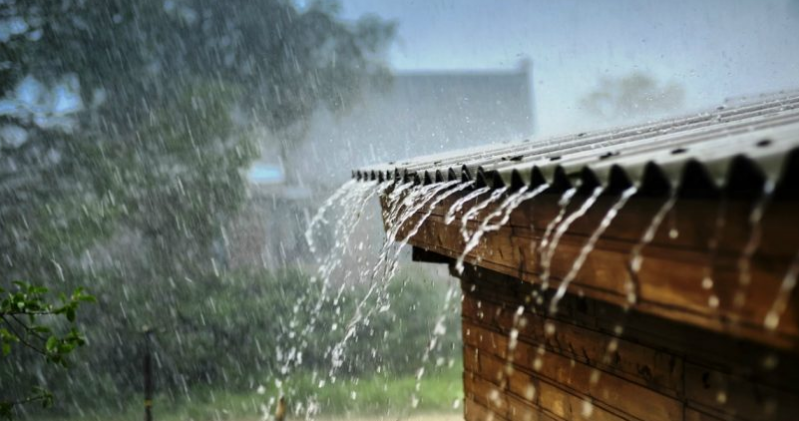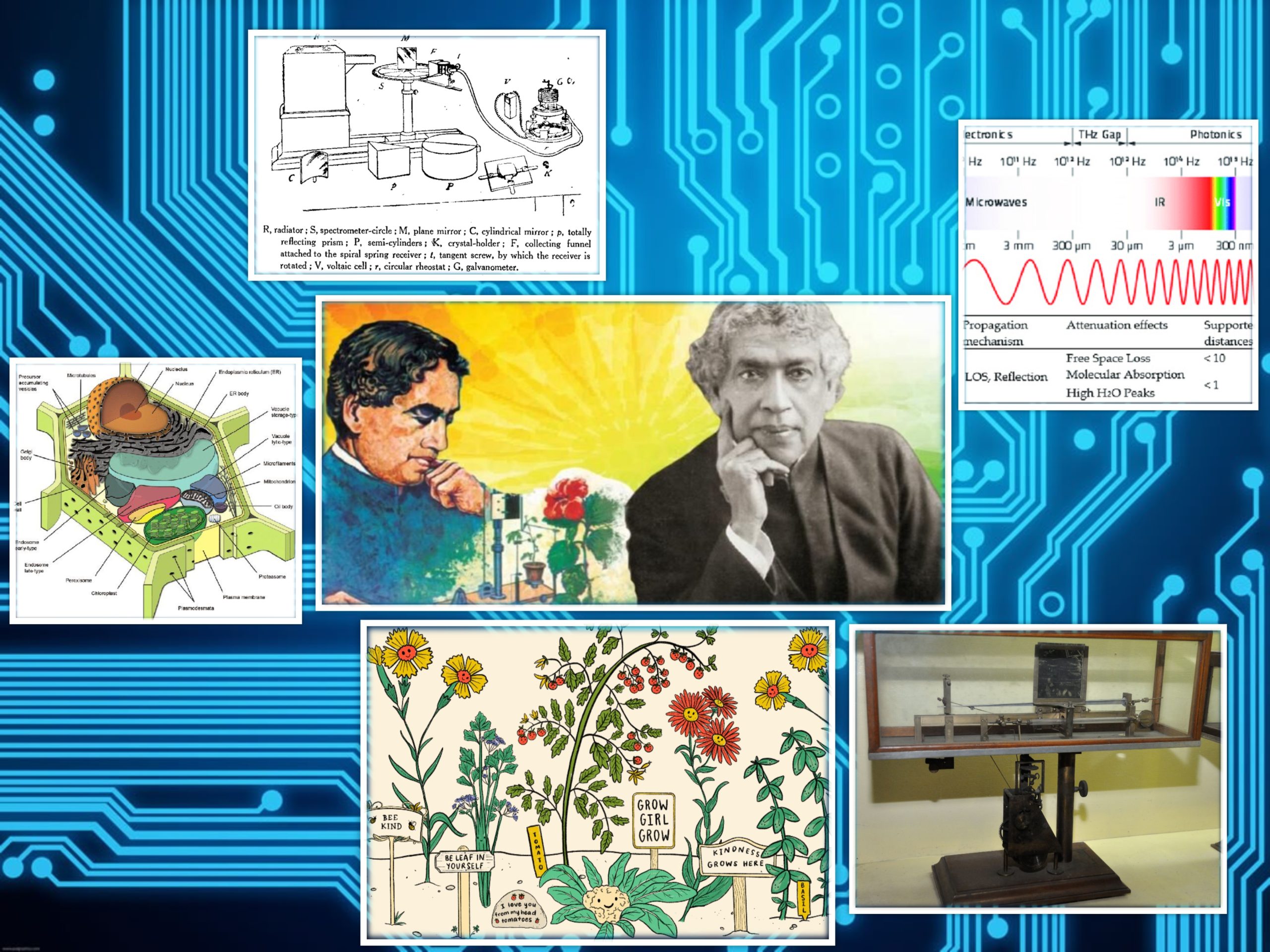- Visitor:35
- Published on: 2025-07-31 04:43 pm
Devi Shitala: The Divine Mother Who Heals
The embodiment of Shakti, Maa Shitala is revered as goddess who eradicates ailments. In various parts of India she is worshipped in various forms, but what intrigues is her unique iconography unlike other goddesses. It is also believed by people that she must be worshipped for getting rid from the suffering of small pox. Similarly in the parts of Gujarat and Rajasthan and even in some parts of northern India people observe the fast of Shitala Saptami, on the seventh day of Krishna paksh in the month of Shravan, in which they eat the meal prepared a day prior to the fast. One may get bewildered that why a Devi is associated with a disease, is it a myth or there is some deeper significance? Delve into this article to uncover the various facets of this divine deity.

Historical Evidences of Devi Shitala:
The word Shitala originated from the Sanskrit root word ‘sita’ meaning cold, or something that provides a soothing effect. Thus,the world loosely translates to the cold mother. She is visualized as a mother whose auspicious presence ensures well-being of the family and protection against various ailments, but there is something more to it , Shitala is summoned to ensure regular refreshing rains, and to prevent famines, droughts and cattle diseases. The worship of Devi is not just for protection, It has served for centuries to learn and disseminate basic hygienic norms for the wellbeing of the household.
The earliest textual source of Goddess Shitalais found in Skanda Puran under the Prabhasa Khanda, under the chapter 135: Greatness of Sitalagauri, few excerpts from the chapter are as follows:
Īśvara said: (from the 1st to 4th Hymn)
A pilgrim should visit the misery-quelling goddess stationed there itself. Earlier she was well-known as Shitalain Dvāpara Yuga. But in Kali Age she is famous as Kali-duḥkhāntakāriṇī (she who quells miseries of Kali Age). If adored with ardent devotion, she will make the bodies of children cool (Śītala) and free from ailments. Hence she is remembered as Śītalā. In order to dispel swellings (boils) in the case of children, Masūras should be properly measured and pounded. The same is placed before Shitalauttering, “May the children be free from ailments”. Thereby there shall be suppression of Visphoṭa (swelling, boils), Carcikā (small boils) etc. as well as Vāta (rheumatic complaints) etc. (ref: Wisdom Library).
In the slightly later Ayodhyamahatmya of Vaisnavakhanda, we find the description of a temple of devi Shitala,
To the north of this, O sinless one, is the Goddess Śītalā stationed. By worshipping that goddess a learned man is liberated from all sins. The goddess can be worshipped always but particularly on Mondays the worship is to be performed by men with great care for the attainment of all objects. When there is fear of the outbreak of smallpox etc. her worship is to be performed by men. It is destructive of the eruption of the disease etc. (2.8.8: 21–3)
Shitalais then invoked Avantyakhanda, in a section called Sitalamahatmaya. There, she is confirmed a protector of children, even though her power is not just limited to health issues. The goddess is a holistic healer. She removes demerits (‘sins’) and is functional to liberation (moksha).
Sanatkumāra said: I will now describe the excellent Markaṭeśvara. There is a famous tīrtha there, which fulfils all desires. When bathing in that tīrtha, a man is rewarded with the merit equivalent to (the gift) of a hundred cows. To destroy poxes (visphoṭa) and for the sake of children a devotee takes lentils (masūra) by measures and grind them. Due to the power of Śītalā, children become free from the disease. O excellent Brāhmaṇa, neither sin nor poverty afflicts those men who devoutly visit Śītalā, the destroyer of sins. Nor need they fear disease (rogabhayaṃ) or the affliction of graspers (grahapīḍā). (SkP 5.1.13: 1–5)
The grandeur of Shitala is further found in Narada Purana, In the first part (purvabhag), we find instructions about the worship of Shitala in a list of ritual fasts (vrata) to be observed on the eighth day (ashtami) of every lunar phase (paksha):
One should worship Shitala on the eighth day of the second fortnight of the month of Phalgun (phālgunāparapakṣe) with all sorts of food prepared, according to the rules, on the previous seventh day. O Śītalā! You are the mother of the world, you are the father of the world. Shitalayou are the nurturers of the world, I bow to you. I bow to the goddess Śītalā, seated on the ass, naked, holding the broom and the pot, who destroys the pox (visphoṭaka). Shitala Devi gives relief from visphoṭaka to those who stand in water and repeat: Shitala, Shitala.’ O twiceborn! He who worships Shitala with these mantras, by the mercy of goddess Shitala, will be serene for a year. (1.117: 94–98)
Iconography of Female Deity:
The depiction of Devi Shitala is often found with a broom, a fan-like structure at the top or sometimes in the hands, a pot filled with clean and cold water, besides that she rides a horse as her vehicle. The representation of the goddess is something which is very different from the popular depiction of any other female deity. The broom in deity’s hand is a bigger instrument with a longer handle and longer and harder bristles, which is generally used for sweeping the ground, but when we try to understand its symbolical meaning rather than literal meaning, the broom is the symbol of hygiene which results into the eradication of germs and bacteria, resulting in prevention of diseases. Similarly when a person is suffering from fever the fan like structure depicts that Devi cools down the temperature through fan and cold water.
There is also a very interesting thing to note over here is the vehicle on which Maa Sitala is riding, it is a donkey but it has some deeper meaning as well. In Sanskrit the donkey is called ‘gardabha’, but here’s what is significant, there is an ailment mentioned in various ayurvedic texts, which is known as ‘gardabhaka’, it describes a skin condition which resembles the condition of smallpox. The iconography shows Shitala devi’s mastery over the disease. It reflects her control over the affliction itself, which proves that our ancestors preserved crucial medical knowledge within our sacred imagery.
Observance of Fast on ShitalaSaatam (Saptami):
India is a land of rituals and festivities, one such important fast observed in various parts of the country is Sitala Saptami/Ashtami and it is believed that one must eat pre-cooked meals during the fast, meals which are cooked one day prior are consumed. In different regions we may find varied practices, the main discussion would revolve around the practices carried in Gujarat.
The ShitalaSaptami Tradition in Gujarat:
To secure the protection of Shitala Mata for their children, women annually observe the vow of Sitala Satem on the 7th day of the dark half of Shravan. On this day the Mata is said to visit every house. No fire is, therefore, lighted in the hearth on this day, for if the Mata comes and is scorched by the fire she is sure to bring misfortune on that household. For this reason, all the food necessary for the day is prepared on the previous day. On the day of Sitala Satam, juvari seeds are spread on the place where fire is lit, and after being sprinkled with red lac, a cow dung bowl containing a plant called vana is placed upon them. The women of the house bathe with cold water and take only one meal during the day. They further restrain from sewing and embroidering during that day. Sometimes a Brahman is engaged to recite Sitalashloka from a book called Rudrayamal. In many villages of Gujarat goddess is prayed and remembered by offering her clothes made from the cotton wicks.
Legend Behind Sitala Saptami
The following legend is related to Sitala satem, a certain woman once forgot to extinguish the fire on the day of Randhan Chattha i.e., the day prior to sitala satem. On the next day, Mata was scorched in the stomach when she came to roll herself on the hearth. In extreme anger the goddess cursed the woman saying that her only son would be burnt to death; and immediately the boy died. In her anguish the unfortunate mother confessed her fault to a friend, who advised her to go to the jungle and pray devi Sitala to give her son back. She found the goddess in distress under a babul tree. The woman slowly approached her, and began to comb out Mata's hair. She then placed her son in Mata's lap and entreated the goddess to revive the boy. The Mata felt much relieved by the woman's attention and blessed her. Immediately the boy was revived.
Rituals Undertaken to Cure the Disease of Small Pox:
Women whose relatives have recovered from a dangerous attack of small-pox observe this fast for paying reverence to the goddess. Many people accomplish their vows before the Shitala Mata at Kalavad in Jamnagar. A vow to visit this place after the patient's recovery, and to abstain from certain things till the day of the visit, is taken by the mother of the affected person in case of a severe attack. But almost every village contains a temple of Shitala Mata, and those, who cannot go to Kalavad, vow in the name of the local deity. An image of Shitala Mata is set and the image is drawn with cow dung with two cotton seeds to represent the eyes. An offering of Kulera (sweet made from jaggery and bajara) and curd is made to the goddess. All the members of the household intake cold food.
Different things are dedicated to the goddess as the disease affects one part of the body or another. For instance, flour of bajrii or juvari is offered in case of bronchitis ; silver models of the human eye when the disease affects the eyes; a goras (a black earthen vessel full of curds) in case of morbid heat ; a piece of black paper, in high fever, and salt if there is an itching sensation. The Mata is said to live on cold food and to be very fond of things which have a cooling effect such as fruits, sugar, etc. The same things are given to the patient.
The Shitalashtakstrota (Skandapurana) :
Figure 2: Source: University of Pennsylvania Library (Manuscript-शीतलाष्टकस्तोत्र)
शीतलाष्टकम्
श्रीगणेशाय नमः ॥
अस्य श्रीशीतलाष्टकस्तोत्रस्य महादेव ऋषिः ॥ अनुष्टुप् छंदः ॥
शीतला देवता ॥ लक्ष्मीर्बीजम् ॥ भवानी शक्ति: ॥
सर्वविस्फोटकनिवृत्तये जपे विनियोगः ॥
ईश्र्वर उवाच ॥
वंदेऽहं शीतलां देवीं रासभस्थां दिगंबराम् ।
मार्जनीकलशोपेतां शूर्पालंकृतमस्तकाम् ॥ १ ॥
वंदेऽहं शीतलां देवीं सर्वरोगभयापहाम् ।
यामासाद्य निवर्तेत विस्फोटकभयं महत् ॥ २ ॥
शीतले शीतले चेति यो ब्रूयाद्दाहपीडितः ।
विस्फोटकभयं घोरं क्षिप्रं तस्य प्रणश्यति ॥ ३ ॥
यस्त्वामुदकमध्ये तु धृत्वा पूजयते नरः ।
विस्फोटकभयं घोरं गृहे तस्य न जायते ॥ ४ ॥
शीतले ज्वरदग्धस्य पूतिगंधयुतस्य च ।
प्रनष्टचक्षुषः पुंसस्त्वामाहुर्जीवनौषधम् ॥ ५ ॥
शीतले तनुजान् रोगान्नृणां हरसि दुस्त्यजान् ।
विस्फोटकविदीर्णानां त्वमेकामृतवर्षिणी ॥ ६ ॥
गलगंडग्रहा रोगा ये चान्ये दारुणा नृणाम् ।
त्वदनुध्यानमात्रेण शीतले यांति संक्षयम् ॥ ७ ॥
न मंत्रो नौषधं तस्य पापरोगस्य विद्यते ।
त्वामेकां शीतले धात्रीं नान्यां पश्यामि देवताम् ॥ ८ ॥
मृणालतंतुसदृशीं नाभिहृन्मध्यसंस्थिताम् ।
यस्त्वां संचिंतयेद्देवि तस्य मृत्युर्न जायते ॥ ९ ॥
अष्टकं शीतलादेव्या यो नरः प्रपठेत्सदा ।
विस्फोटकभयं घोरं गृहे तस्य न जायते ॥ १० ॥
श्रोतव्यं पठितव्यं च श्रद्धाभक्तिसमन्वितैः ।
उपसर्गविनाशाय परं स्वस्त्ययनं महत् ॥ ११ ॥
शीतले त्वं जगन्माता शीतले त्वं जगत्पिता ।
शीतले त्वं जगद्धात्री शीतलायै नमो नमः ॥ १२ ॥
रासभो गर्दभश्र्चैव खरो वैशाखनंदनः ।
शीतलावाहनश्र्चैव दूर्वाकंदनिकृंतनः ॥ १३ ॥
एतानि खरनामानि शीतलाग्रे तु यः पठेत् ।
तस्य गेहे शिशूनां च शीतलारुङ् न जायते ॥ १४ ॥
शीतलाष्टकमेवेदं न देयं यस्यकस्यचित् ।
दातव्यं च सदा तस्मै श्रद्धाभक्तियुताय वै ॥ १५ ॥
॥ इति श्रीस्कंदपुराणे शीतलाष्टकस्तोत्रं संपूर्णम् ॥
Conclusion:
I have tried as per best of my knowledge to bring forward major aspects of this mother goddess, from the very iconography to its tradition in the region of Gujarat and her traces in Puranas. The work presented over here has been referred through various texts and I have also tried to provide proper references for the same.
These days we are slowly forgetting our roots in our fast paced life, thus traditions and rituals are the way to go back to the roots for unravelling the hidden mysteries, ideas, spiritual and mental reasons behind our festivals and Deities. Through this article I have tried to bring out some prominent characteristics of the Goddess who cures and it is a time for us to reflect back what Sanatan Dharma has to offer to us and for the generations to come. I pray to Maa Sitala, that she blesses us with good health and protects us from various diseases.
ॐ शांति शांति शांतिः
References: 1. Copeman, J., & Ikegame, A. (Eds.). (2012). Religion, devotion and medicine in North India: The healing power of Śrī Śītalā. Permanent Black.
2. Jackson, A. M. T. (1914). Folk Lore Notes. Vol. I—Gujarat (R. E. Enthoven, Ed.). British India Press.74–78,
https://archive.org/details/folklorenotes01jack.
3. Desai, M. (2021). Shitala: How India Enabled Vaccination. Subbu Publications.
4. Tagare, G. V. (1950/2024). The Skanda Purana (English translation) [Online]. Wisdomlib. Retrieved July 31, 2025, from https://www.wisdomlib.org/hinduism/book/the-skanda-puran
5. University of Pennsylvania Libraries. (n.d.). Ms. Coll. 390,
Item 406 [Manuscript]. OPenn, Collection of Indic Manuscripts.
Retrieved July 31, 2025,
fromhttps://openn.library.upenn.edu/Data/0002/html/mscoll390_item406.html
- 17 min read
- 3
- 0










